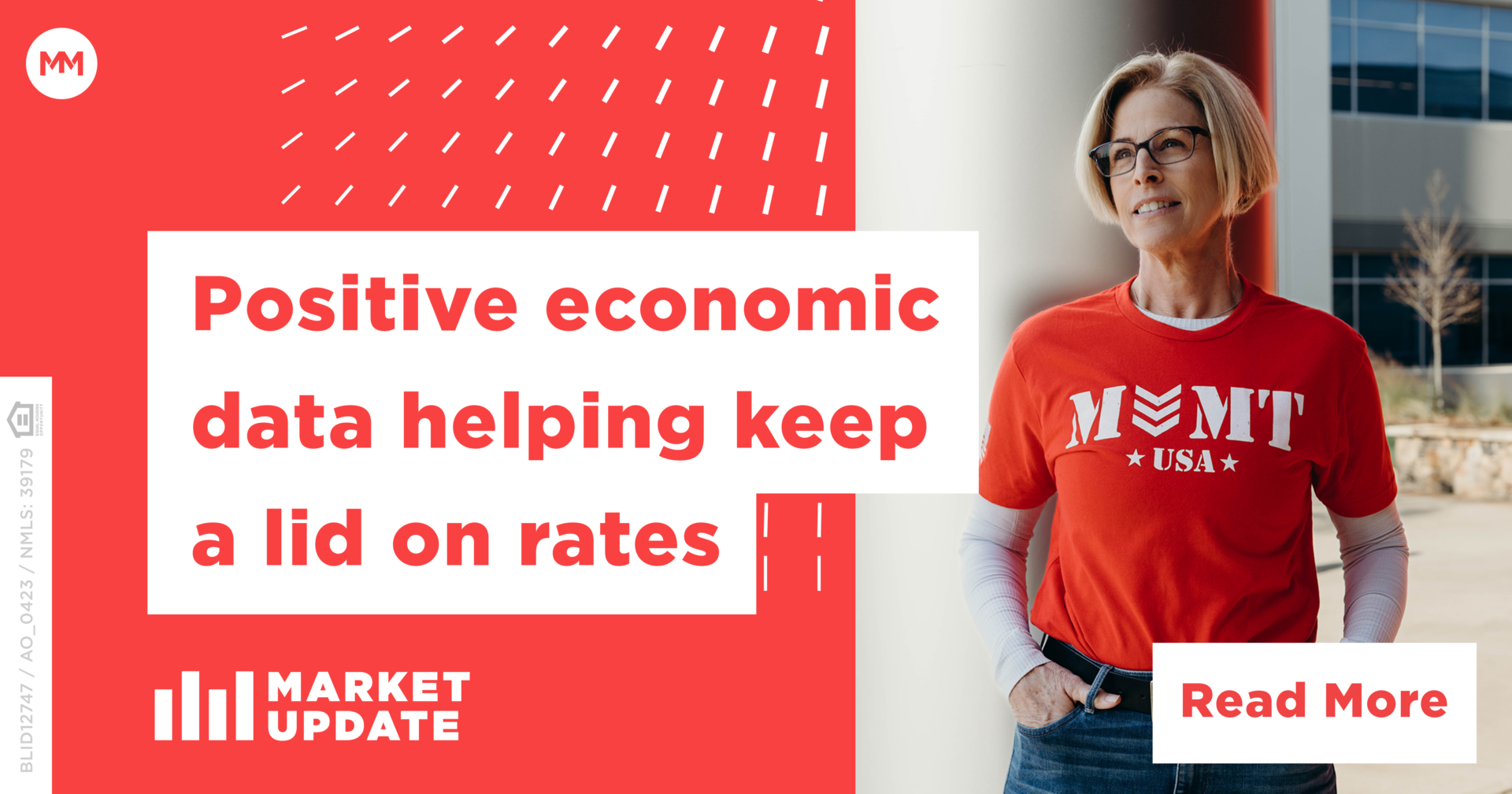The financial system continued to point out indicators of cooling inflation over the past week, however buyers are nonetheless unsure about what the Federal Reserve’s subsequent step shall be. Authorities information confirmed each the buyer worth index (CPI) and producer worth index (PPI) coming in higher than anticipated for March. The CPI rose by 0.1% month-over-month which was under the 0.2% expectation. On an annual foundation, CPI rose by 5%.
The PPI was a way more dramatic studying with the report displaying PPI declined by 0.5% month-over-month in opposition to expectations of a flat studying. Much more encouraging was that the core PPI, which doesn’t issue within the extra unstable market prices like meals and vitality, decreased by 0.1% MOM whereas economists predicted a rise of 0.2%. The bond market reacted in a really nominal trend with yields on the 10- and 2-year Treasury notes comparatively unchanged.
Each the CPI and PPI are main indicators of inflation which can issue closely into the Fed’s subsequent determination about whether or not to boost the federal funds price and by how a lot. It has been a full yr for the reason that Fed first initiated its quantitative tightening measures post-pandemic and the present price sits in a spread of 4.75%-5.00%. Many economists anticipate the Fed will enhance the speed by one other 25-basis factors on the Federal Open Market Committee’s subsequent assembly Could 2-3.

It’s a good reminder that the Fed doesn’t immediately management what you see as your mortgage charges. The federal funds price, also referred to as the in a single day lending price, controls what banks pay to borrow cash from the central financial institution. The federal funds price impacts issues like your bank card rate of interest and different loans like auto and private loans. That does have a really sturdy oblique impact in your mortgage price as a result of when it’s dearer for banks and different monetary establishments to borrow cash, that value usually will get handed all the way down to customers.
What is sweet about the previous few weeks is that we’ve got hit a comparatively steady patch within the financial system that has helped maintain mortgage charges principally regular. Because the finish of the transient banking disaster in March, the 10-year Treasury notice yield has stayed inside a reasonably tight vary of three.3%-3.5% excluding a quick dip under 3.3% within the first few days of April. That has significantly benefitted the mortgage trade because it has prevented charges from being so chaotic.
Freddie Mac’s 30-year fixed-rate mortgage common moved barely decrease over the past week, dipping by simply 0.1% to six.27%. Nonetheless nominal the lower, it was nonetheless a fifth straight week of declines which may have a very optimistic impact on shopper mentality. Freddie Mac’s economists stated of the studying, “Incoming information recommend inflation stays nicely above the specified degree however displaying indicators of deceleration. These tendencies, coupled with tight labor markets, are creating elevated optimism amongst potential homebuyers because the housing market hits its peak within the spring and summer time.”The Mortgage Bankers Affiliation’s SVP and Chief Economist, Mike Fratantoni, had very comparable remarks within the group’s weekly functions survey. The MBA’s information confirmed the seasonally adjusted buy index was up 8% week-over-week due largely to the transient dip in charges in the beginning of the month. Fratantoni stated, “Potential homebuyers this yr have been fairly delicate to any drop in mortgage charges, and that performed out final week with buy functions rising by 8 %. Refinance software quantity was a blended bag with whole quantity primarily flat, typical quantity down for the week, however VA refinance quantity rising. The extent of refinance exercise stays virtually 60 % under final yr, as most householders are presently locked in at a lot decrease charges.”
